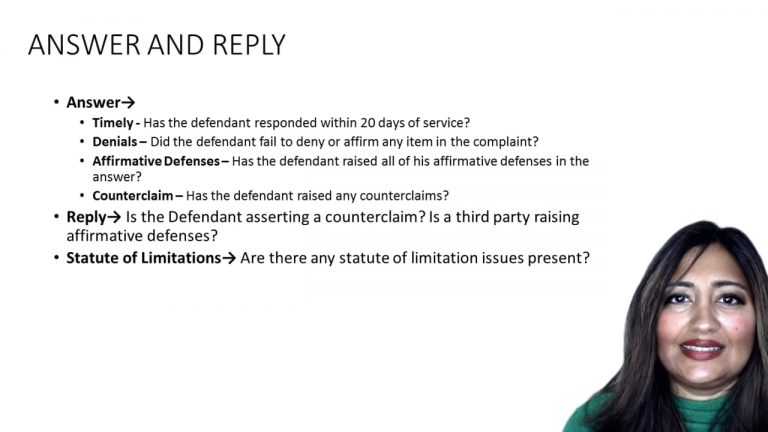SmartBrief
Confirm favorite deletion?
Civil Procedure Keyed to Babcock
Young v. City of Providence ex rel. Napolitano
Citation:
404 F.3d 33 (1st Cir. 2005)Facts
Plaintiff Young brought a §1983 suit against Defendant City of Providence for the shooting death of her son by Providence police officers. She was represented by Barry Scheck and Nicholas Brustin, New York attorneys admitted to practice in Rhode Island pro hac vice and by Robert Mann, admitted to practice in Rhode Island who was acting as local counsel. The parties argued over a diagram that Plaintiff’s attorneys wanted to use, and Plaintiff’s attorneys finally agreed to Defendant City’s proposition that part of the diagram was inaccurate. During trial, Plaintiff’s attorneys realized that the diagram was entirely incorrect, so a young associate at Scheck’s firm drafted a memorandum requesting the judge to release Plaintiff Young from the stipulation. The memo alleged that the court required Plaintiff Young to agree to the Defendant City’s stipulation, which the judge read as a misrepresentation. Although Young’s attorneys did not act in bad faith and attempted to explain that they did not mean to suggest that they were forced to accept the stipulation, the judge nonetheless stripped Scheck and Brustin of their pro hac vice admissions and sanctioned them under FRCP 11. The judge also found that Mann violated FRCP 11 but did not sanction him.
Only StudyBuddy Pro offers the complete Case Brief Anatomy*
Access the most important case brief elements for optimal case understanding.
*Case Brief Anatomy includes: Brief Prologue, Complete Case Brief, Brief Epilogue
- The Brief Prologue provides necessary case brief introductory information and includes:
Topic:
Identifies the topic of law and where this case fits within your course outline.Parties:
Identifies the cast of characters involved in the case.Procedural Posture & History:
Shares the case history with how lower courts have ruled on the matter.Case Key Terms, Acts, Doctrines, etc.:
A case specific Legal Term Dictionary.Case Doctrines, Acts, Statutes, Amendments and Treatises:
Identifies and Defines Legal Authority used in this case.
- The Case Brief is the complete case summarized and authored in the traditional Law School I.R.A.C. format. The Pro case brief includes:
Brief Facts:
A Synopsis of the Facts of the case.Rule of Law:
Identifies the Legal Principle the Court used in deciding the case.Facts:
What are the factual circumstances that gave rise to the civil or criminal case? What is the relationship of the Parties that are involved in the case.Issue(s):
Lists the Questions of Law that are raised by the Facts of the case.Holding:
Shares the Court's answer to the legal questions raised in the issue.Concurring / Dissenting Opinions:
Includes valuable concurring or dissenting opinions and their key points.Reasoning and Analysis:
Identifies the chain of argument(s) which led the judges to rule as they did.
- The Brief Prologue closes the case brief with important forward-looking discussion and includes:
Policy:
Identifies the Policy if any that has been established by the case.Court Direction:
Shares where the Court went from here for this case.

 9m 26s
9m 26s